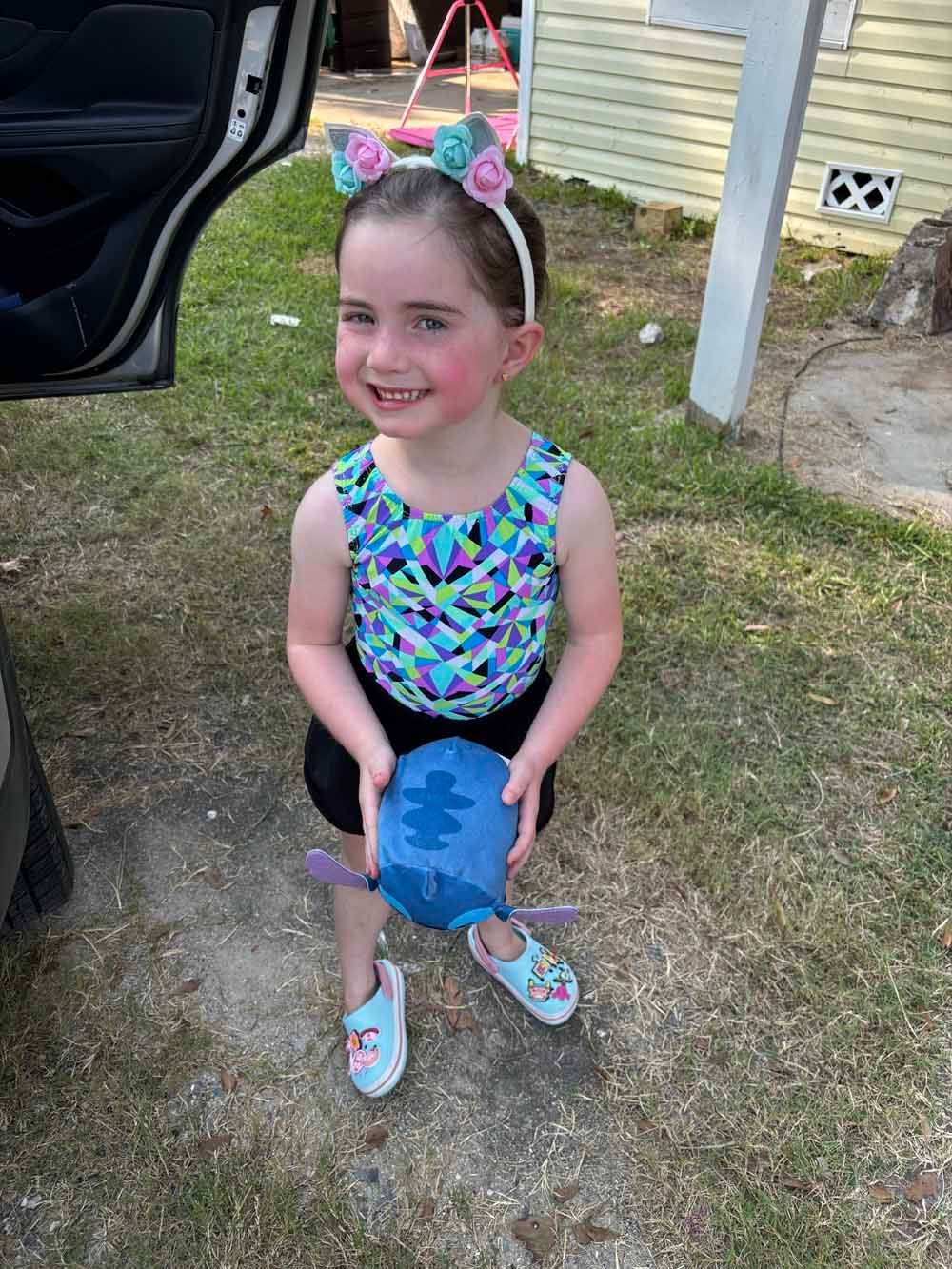What Is DIPG?
Diffuse Intrinsic Pontine Glioma (DIPG) is a rare, aggressive childhood brain tumor that grows in the pons (brainstem), which controls breathing, heart rate, eye movement, swallowing, and balance.
- “Diffuse” = the tumor spreads into nearby brain tissue, making it hard to remove.
- “Intrinsic” = it arises within the pons.
- Most commonly affects children ages 5–10 (but can occur at other ages).
- Currently inoperable due to location and growth pattern.
Signs & Symptoms to Watch For
DIPG symptoms often appear suddenly and worsen quickly. Seek medical care if more than one of these shows up or progresses fast:
- Balance & coordination: clumsiness, frequent falls, trouble walking, difficulty with fine motor skills.
- Eye movement: double vision, crossed eyes, trouble looking side-to-side, one eye turning in/out.
- Facial changes: drooping or weakness on one side, uneven smile.
- Speech & swallowing: slurred speech, new trouble chewing or swallowing.
- General symptoms: persistent morning headaches, nausea/vomiting, unusual tiredness.
Urgent tip: Rapid onset of multiple symptoms at once is a red flag—contact a pediatrician or go to urgent/emergency care.

Prognosis (What to Expect)
DIPG is considered a high-grade glioma (fast-growing).
Standard treatment is radiation therapy, which may temporarily reduce symptoms.
Median survival is typically 9–12 months after diagnosis; long-term survival remains rare.
Research is ongoing (targeted therapies, immunotherapy, clinical trials).
While there is no cure yet, families can take meaningful steps to support their child’s comfort, access the latest options, and find strong emotional and practical support.
Diagnosis & Treatment Overview
- Imaging: MRI is the primary tool for diagnosis; biopsy may be considered in select cases.
- Radiation therapy: Often improves symptoms for weeks to months.
- Medication/supportive care: Steroids for swelling; therapies for swallowing, mobility, and speech.
- Clinical trials: May provide access to investigational treatments; ask your team what’s available.

What Parents Can Do Next (Step-by-Step)
- Assemble a specialized team - Seek a pediatric neuro-oncology center with DIPG experience. Ask about treatment plan, goals, and side-effect management.
- Ask about clinical trials - Request a clear list of current trials, eligibility, travel requirements, and how trial care works alongside standard care.
- Prioritize comfort and daily quality of life - Palliative care can begin at diagnosis to manage symptoms, reduce stress, and support the whole family.
- Get a second opinion - Especially if you’re unsure about the plan or want to explore more options. Leading children’s hospitals often review cases quickly.
- Build practical supports - Coordinate help for transportation, meals, childcare for siblings, and school communication. Ask your hospital social worker about local and national resources.
- Support communication & function
- Speech/occupational/ physical therapy for swallowing, speech clarity, and mobility.
- Nutritional guidance to maintain energy and weight.
- Counseling for your child, siblings, and caregivers.
- Document and advocate - Keep a simple log of symptoms, medications, appointments, and questions. Bring this to visits and speak up about changes.
How to Talk With Your Care Team (Helpful Questions)
- What are the immediate goals of treatment?
- How will we manage side effects and day-to-day comfort?
- Which clinical trials fit our child now—or later?
- What therapies (speech/OT/PT, nutrition) should start right away?
- Who do we call after hours if symptoms change?

What To Do Next
- Notice multiple new symptoms? Call your pediatrician or go to urgent care.
- New diagnosis? Contact a pediatric neuro-oncology center and ask about radiation timing and clinical trials.
- Overwhelmed? Request palliative care support now; it’s about comfort and quality of life at every stage.
